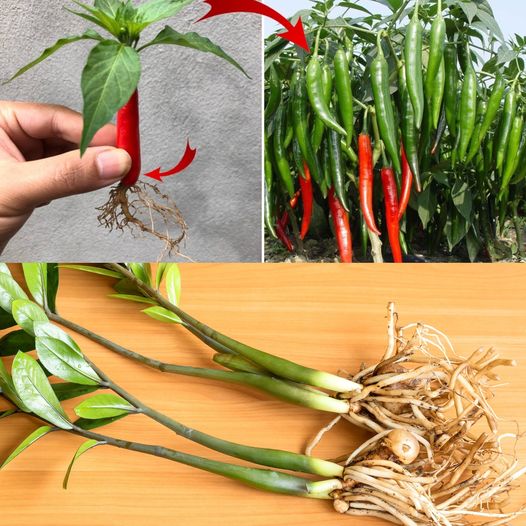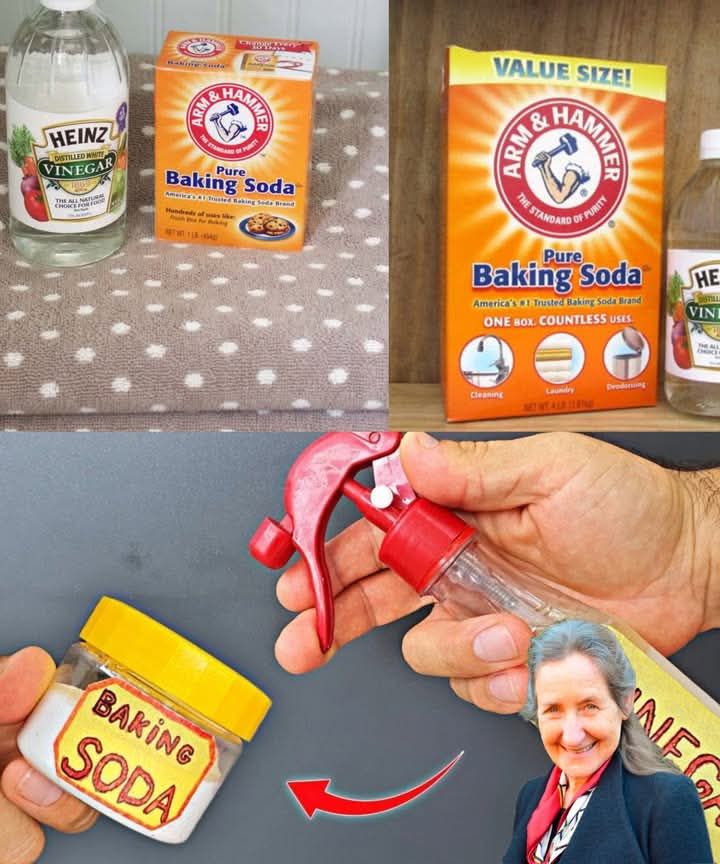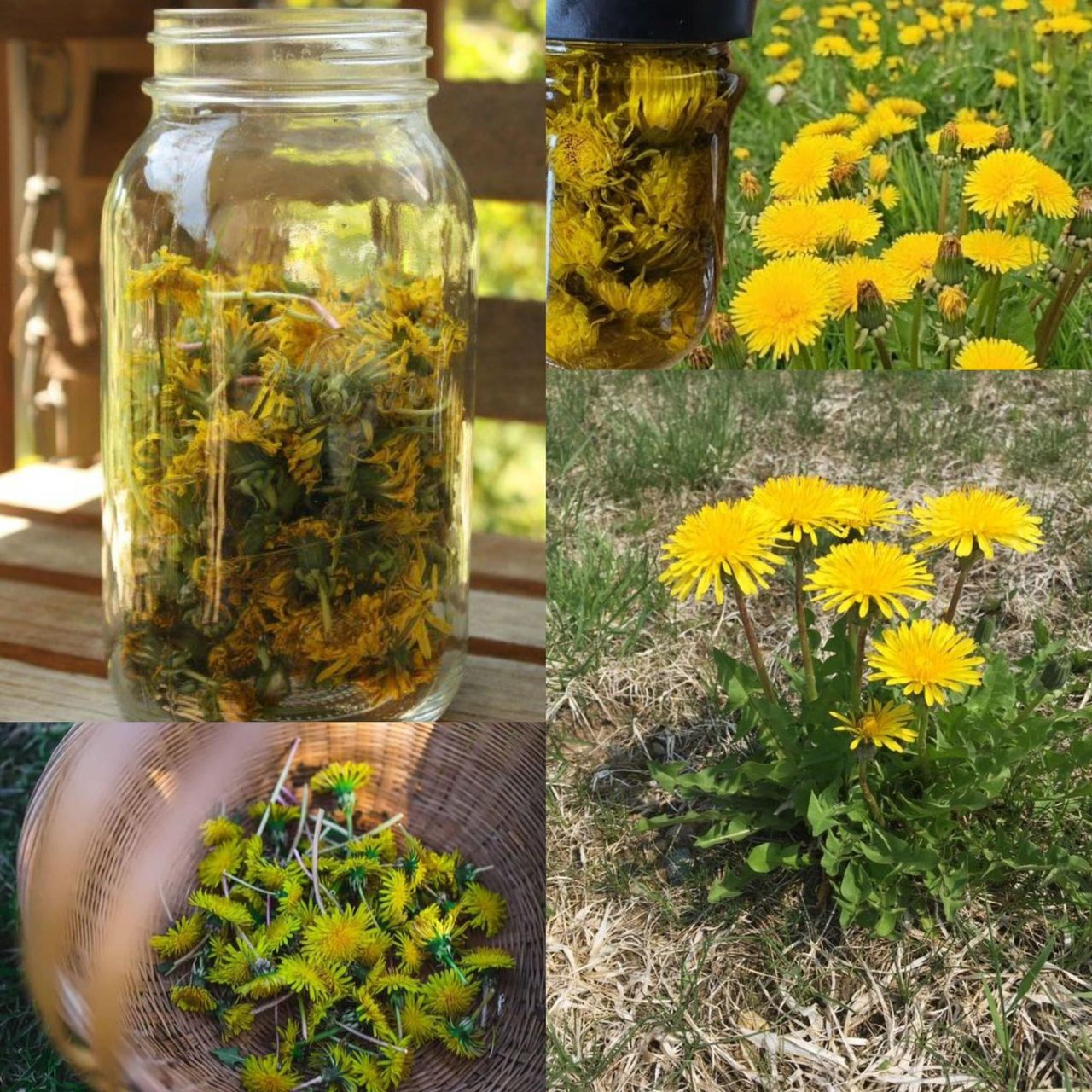few people know that it is possible to propagate this way, but using leaf cuttings is a simple and effective method to grow new plants from your favorites!
Ingredients:
- Healthy, mature leaves from a plant (succulents, begonias, African violets, or snake plants work well)
- A sharp, clean knife or scissors
- Small pots or trays with drainage holes
- Potting mix (preferably a light, well-draining mix)
- Rooting hormone (optional)
- Plastic wrap or a clear plastic bag (optional)
Instructions:
- Select and Prepare the Leaves:
- Choose a healthy, mature leaf from your plant. Ensure the leaf is free from any disease or damage.
- Using a sharp, clean knife or scissors, cut the leaf cleanly from the plant. For some plants, like succulents, you can simply twist the leaf off.
- Cut the Leaf (if necessary):
- Depending on the plant, you may need to cut the leaf into sections. For example, snake plants can be cut into 2-3 inch segments. Ensure that each segment includes a part of the leaf’s main vein.
- Apply Rooting Hormone (Optional):
- If you’re using rooting hormone, dip the cut end of the leaf or leaf segment into the powder. This step is optional but can increase the chances of successful rooting.
- Plant the Leaf Cuttings:
- Fill your pots or trays with the potting mix. Lightly moisten the soil, but ensure it’s not waterlogged.
- Insert the cut end of the leaf into the soil. For larger leaves or segments, ensure they are inserted deep enough to stand upright.
- If propagating succulents, you can lay the leaves flat on the soil surface, and roots will form where the leaf touches the soil.
- Create a Humid Environment (Optional):
- To encourage rooting, you can cover the pots or trays with plastic wrap or place them in a clear plastic bag. This creates a mini greenhouse effect, retaining moisture and warmth.
- Ensure the plastic doesn’t touch the leaves, as this can lead to rot.
- Care and Wait:
- Place the pots or trays in a warm, bright location, but out of direct sunlight, which can be too intense for the new cuttings.
- Keep the soil lightly moist but avoid overwatering, which can cause the cuttings to rot.
- Monitor and Transplant:
- After a few weeks, roots will start to form. Depending on the plant, you may also see new growth emerging.
- Once the cuttings have established roots and new growth, they can be transplanted into individual pots with regular potting soil.
Tips:
- Patience is key! Some plants may take longer to root than others.
- Be gentle with the cuttings during the transplanting process to avoid damaging the new roots.
- Not all plants can be propagated through leaf cuttings, so it’s important to research the specific needs of the plant you’re working with.
Enjoy growing your new plants and sharing the propagation method with friends—few people know that it is possible to propagate this way!



